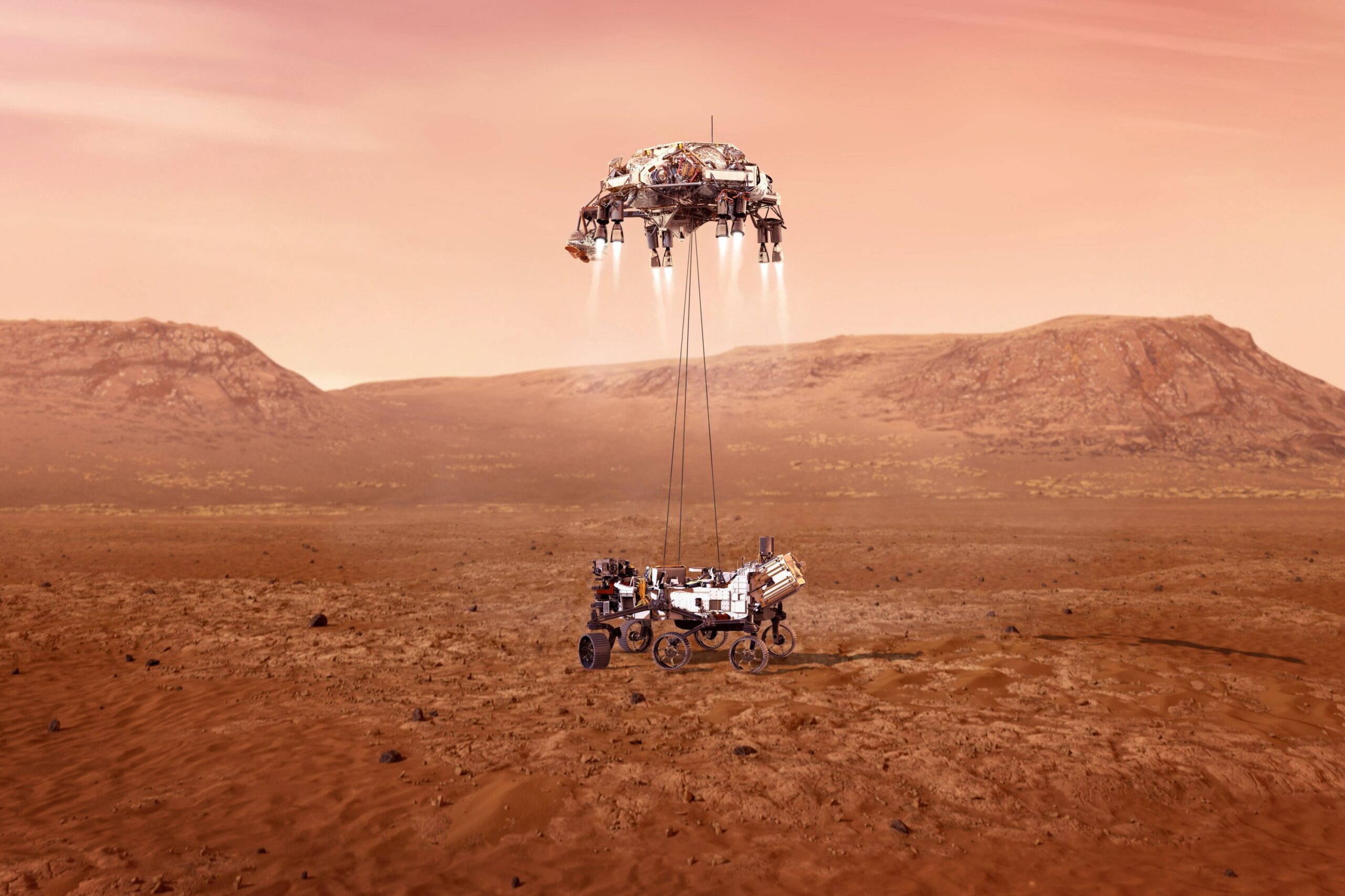From ESRI:
Thirty inspiring stories of diverse women using geospatial technology to advance science and help resolve important issues facing the world.
Like the first volume, Women and GIS, Volume 2: Stars of Spatial Science tells how 30 women in many different STEM fields applied themselves, overcame obstacles, and used maps, analysis, imagery, and geographic information systems (GIS) to contribute to their professions and the world. Sharing the experiences of their childhoods, the misstarts and challenges they faced, and the lessons they learned, each story is a celebration of a woman’s unique life path and of the perseverance, dedication, and hard work it takes to achieve success. This book includes multicultural women at various points in their careers such as:
- Barbara Ryan — Dedicated to open spatial data for everyone
- Cecille Blake — Growing GIS capacity in Jamaica and for North and South American countries
- Rhiannan Price — Advocating to make a difference for vulnerable populations
- Veronica Velez — Fighting for social and racial justice in education
- Tanya Harrison — Bringing Mars to the masses
From planetary scientists to civil engineers, entrepreneurs to urban planners, the strong, passionate women in Women and GIS, Volume 2: Stars of Spatial Science serve as guiding stars to motivate readers who are developing their own life stories and to inspire their potential to meaningful achievements.
The e-book of Women and GIS, Volume 2: Stars of Spatial Science, 9781589485952, $19.99, will be available at most online book retailers.
Read more: Women and GIS, Volume 2 (Book) (ESRI)


